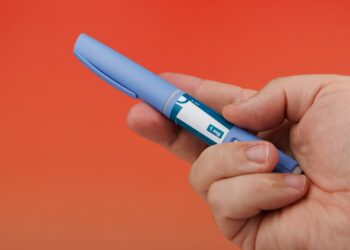HIIT may offer the same health benefits as regular exercise in less time and help reduce body fat, heart rate, and blood pressure. It may even help improve blood sugar levels and insulin sensitivity.
Your metabolic rate gets higher
One of the ways HIIT helps you burn calories actually comes after you’re done exercising.
Several studies have demonstrated HIIT’s ability to increase your metabolic rate for hoursTrusted Sourceafter exercise.
Due to the intensity of the workout, HIIT can boost your metabolism for hours after exercise. This results in burning additional calories even after you have finished exercising.
HIIT can help you lose fat
Studies have shown that HIIT can help you lose fat.
One reviewTrusted Source looked at 13 studies and 424 adults with overweight or obesity. It found that both HIIT and traditional moderate-intensity exercise can reduce body fat and waist circumference.
A range of other studiesTrusted Source also indicate that HIIT can reduce body fat despite the relatively short time commitment.
However, like other forms of exercise, HIIT may be most effective for fat loss in people with overweight or obesity.
You might gain muscle using HIIT
In addition to helping with fat loss, HIIT could help increaseTrusted Source muscle mass in certain people, particularly those who are not very active.
However, weight training continues to be the gold standard to increase muscle mass in active people.
If you are not very active, you may gain some muscle with HIIT, but not as much as you might with weight training.
HIIT can improve oxygen consumption
High intensity interval training may improve oxygen consumption as much as traditional endurance training.
Oxygen consumption is your muscles’ ability to use oxygen. Endurance training typically improves your oxygen consumption.
Traditionally, this consists of long sessions of continuous running or cycling at a steady rate.
However, it appears that HIIT can produce the same benefits in a shorter amount of timeTrusted Sourcecompared with moderate-inensity continous training.
HIIT may reduce heart rate and blood pressure
Research indicates that HIIT can reduce heart rate and blood pressure in people with overweight and obesity, who are more likely to have high blood pressure.
Some researchersTrusted Source have found that HIIT may even reduce blood pressure more than moderate-intensity exercise in these populations.
HIIT may reduce blood sugar
HIIT programs may reduce blood sugar levels.
High intensity interval training may be especially beneficial for those needing to reduce blood sugar and insulin resistance.
For example, researchTrusted Source has shown HIIT can reduce blood sugar and improve lipid metabolism in people with type 2 diabetes.
HIIT improves aerobic and anaerobic performance
While its health benefits are very important, HIIT also improves performance in both anaerobic and aerobic activities.
Whether you’re an athlete or a weekend warrior or you just enjoy running around with your kids, including HIIT training in your routine can improve your performance.












